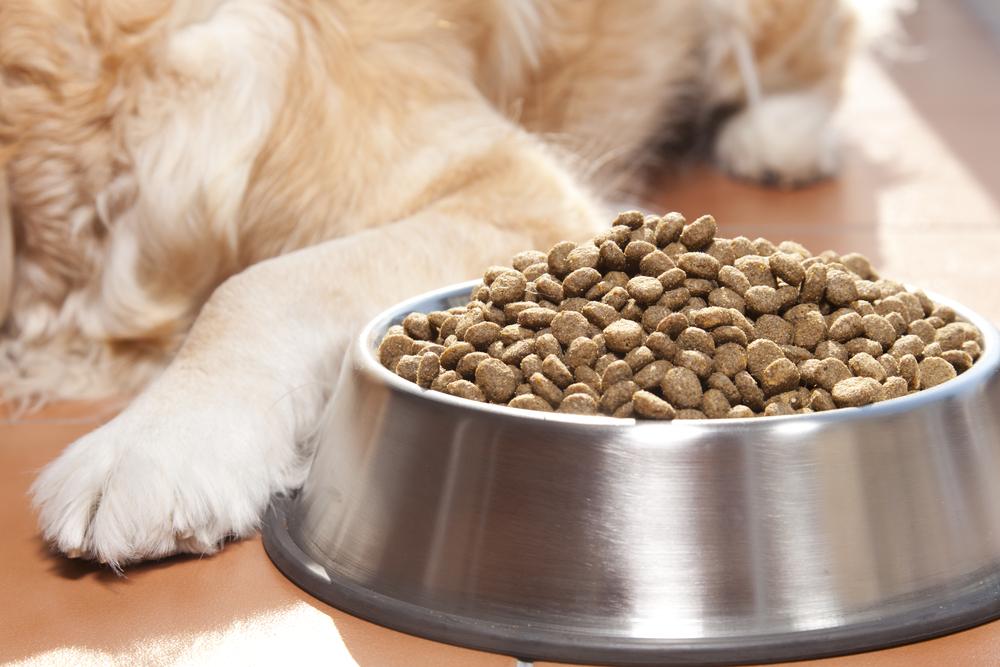
11 Symptoms of Food Allergies in Cats and their Triggers
Did you know there are more than 95 million pet cats in the country? And while some of these might have food intolerances, very few have food allergies. Food intolerance in cats refers to mild food poisoning or sensitive reactions to certain food items, generally, a gastrointestinal issue that resolves in a few days. But food allergy is an abnormal immune system response to certain antigens in foods, and reactions are not restricted exclusively to the gut, they may be seen on the cat’s skin too. And usually, the age of the cat does not matter, and both male and female cats are equally susceptible to getting food allergies. The most commonly identified causes of food allergies in cats are beef, dairy products, chicken, or sometimes the cat’s preferred food: fish. This is because cats, especially domesticated ones, are used to eating foods with these ingredients and they are exposed to them more than those found in specially formulated diets. Surprisingly, it is animal proteins that cats are most allergic to.
Food allergies can cause a multitude of symptoms in various parts of the cat’s body. A few of these symptoms and triggers for food allergies in pets are mentioned below:
- Gastrointestinal problems like vomiting, flatulence, loss of appetite, and diarrhea; some cats may strain while passing bowel.
- Skin problems like persistent itching of the face, ears, stomach area, groin, rectum, and paws; This could be a recurrent issue is it is associated with food allergy
- Redness in the face or on the body
- Hair fall leading to bald patches
- Lacerations or tears on the exposed skin caused by the cat scratching or over-grooming themselves in these areas
- Itchy eyes that water more than normal
- Constant chewing of the paws
- Swollen face, and/or paws
- Recurrent and severe ear infections
- Sneezing, and/or coughing
- And rarely, respiratory problems
Some of these symptoms mimic other diseases as well, hence, the veterinarian must examine the cat properly to diagnose whether these are indeed symptoms of food allergies. Gastrointestinal problems, for example, get better in a shorter period, say in less than two weeks. Food allergies, on the other hand, are seen for a prolonged duration.
An elimination food trial is the best way to diagnose a food allergy. Experimenting with a safe hypoallergenic diet for anywhere between 8-12 weeks is the ideal way to start the diagnosis. During this trial period, the cat must exclusively be fed the restricted diet only. This could either be a prescription or hydrolyzed protein diet, and not include eggs, flavored medications, or flavored cat treats. If the symptoms start to fade away during, or at the end of this trial period, then food allergy is confirmed. In that case, the re-introduction of the cat’s previous foods must be done in a strictly phased manner, preferably one-by-one. Depending on which food causes allergic symptoms to recur, the allergy-causing food can be identified. With the help of the veterinarian, formulating a nutritious and wholesome diet is the next step. Because food allergies cannot be cured, feeding the trigger foods to the cat must be avoided. Sometimes a home-cooked diet works best for cats that have food allergies.


